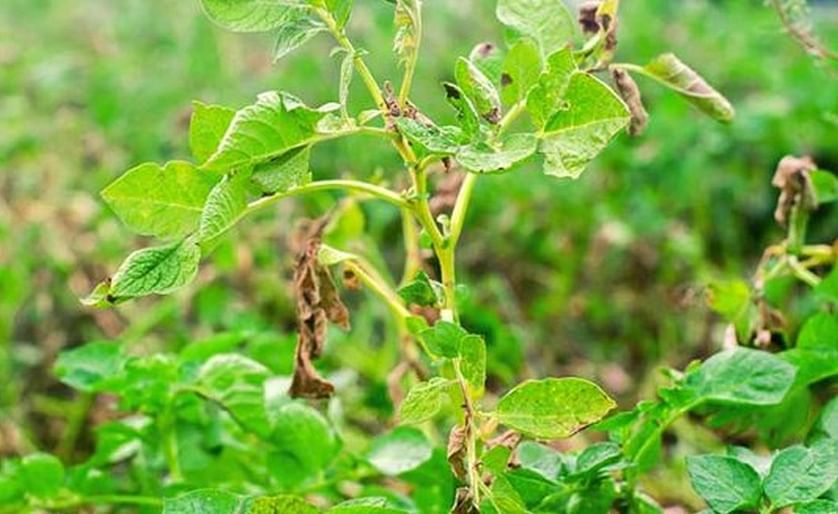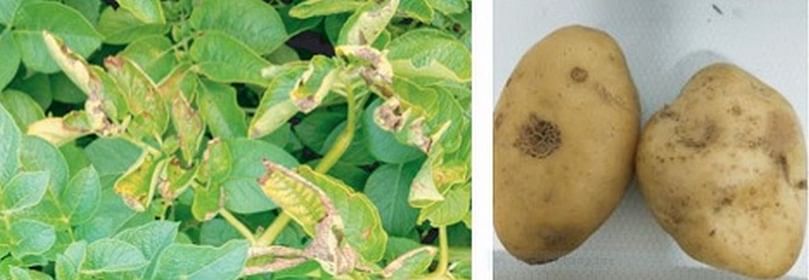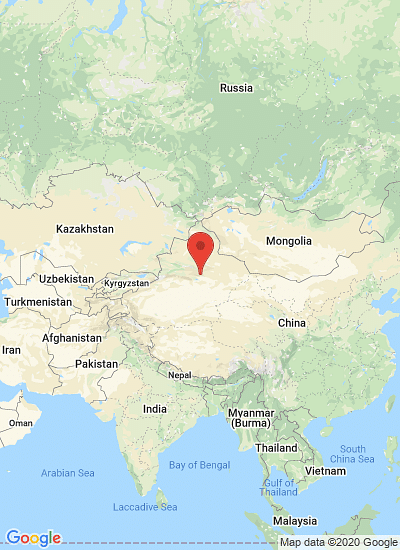Chinese researchers identify a new potato disease
Chinese researchers identify a new potato disease

Potatoes are an important crop throughout the world but a new and, so far, undescribed disease has been observed on potato plants during the growing season, and in tubers during the storage period, from Nileke County, Qitai County and other locations in Xinjiang, China.
Scientists at Xinjiang Academy of Agricultural Sciences have isolated a particular fungus from the infected potato plants and tubers. The variety of the diseased potato was Atlantic.
The leaves were found to be yellow and wrinkled with wilted edges of the leaves. The diseased tubers showed a large number of depressions and many black lesions, as well as cracks. Some lesions were easy to peel off.

Based on its morphology, molecular characteristics, pathogenicity test and internal transcribed spacer (ITS) sequence, the pathogen was identified as Galactomyces candidum F12.
Further study on biological characteristics also showed that the hyphae and conidia of the pathogenic fungus grew faster as the temperature was 30°C, pH was 7, soluble starch was used as optimal carbon source and yeast powder as optimal nitrogen source.
In addition, 12-h continuous illumination light was beneficial to the hyphal growth, while 24-h continuous illumination was beneficial to the sporulation of the strain at 30°C.
Scientists at Xinjiang Academy of Agricultural Sciences:
“To our knowledge, this is the first report of Galactomyces candidum causing leaf wilt and postharvest tuber rot on potatoes in China.”
“Further studies on this pathogen are needed, including its host-specificity and ecological characteristics, as well as its relevant management strategies.”

First report of a new potato disease caused by Galactomyces candidum F12 in China



